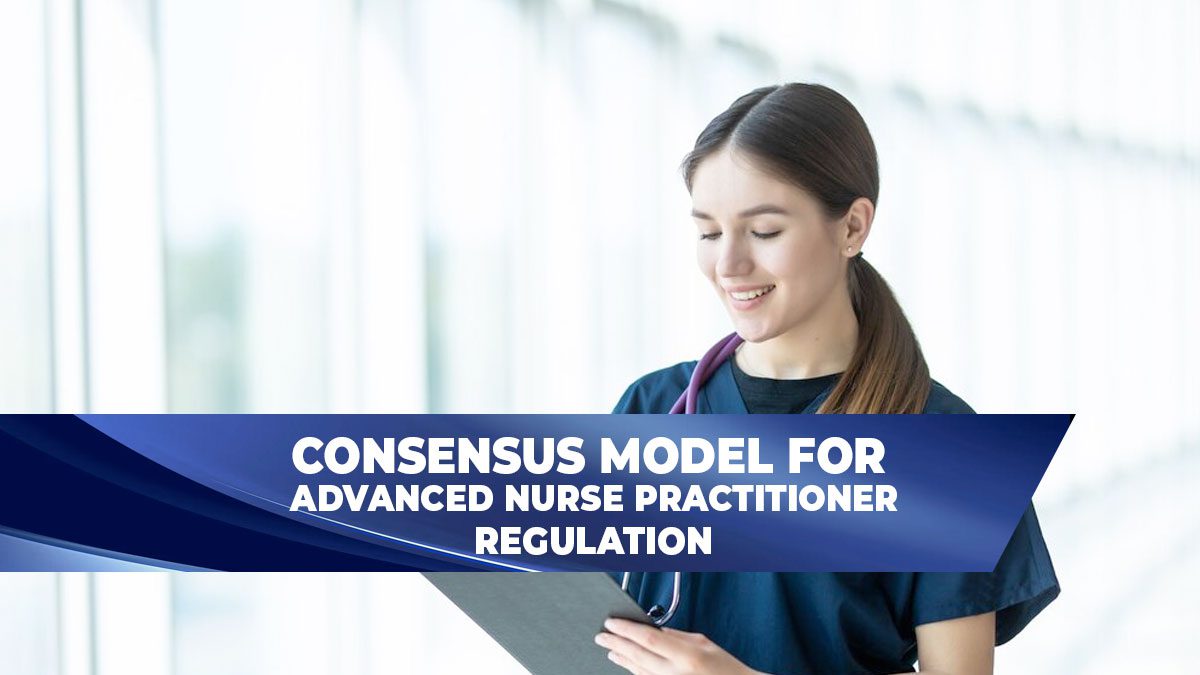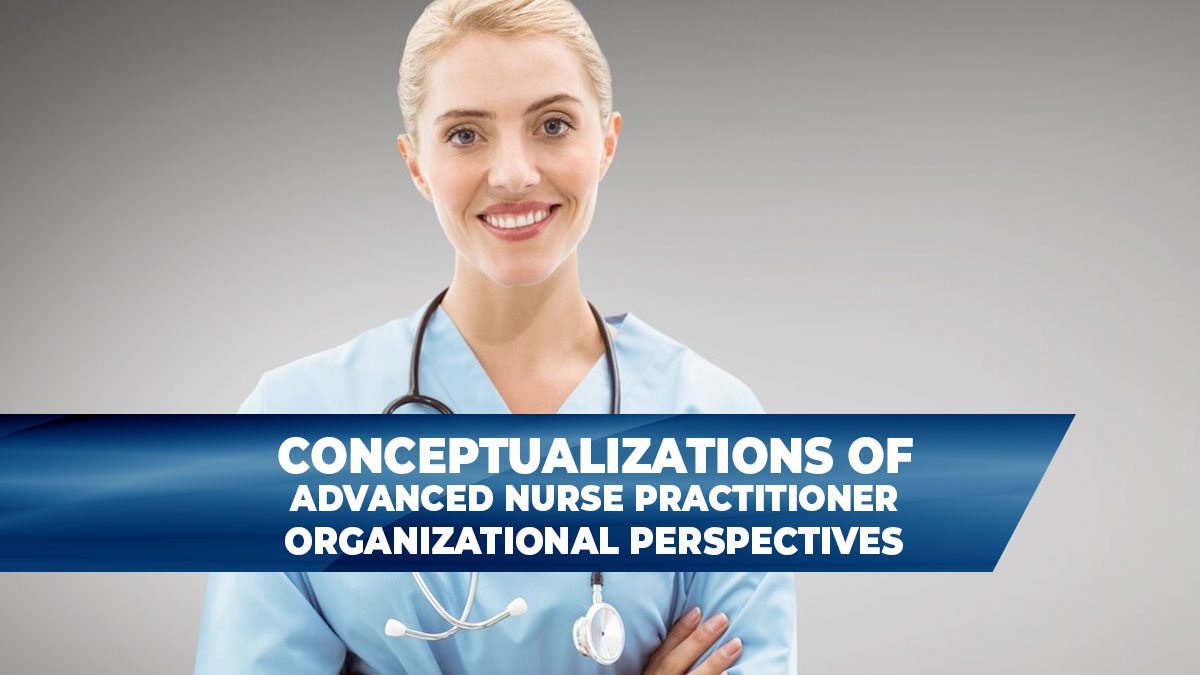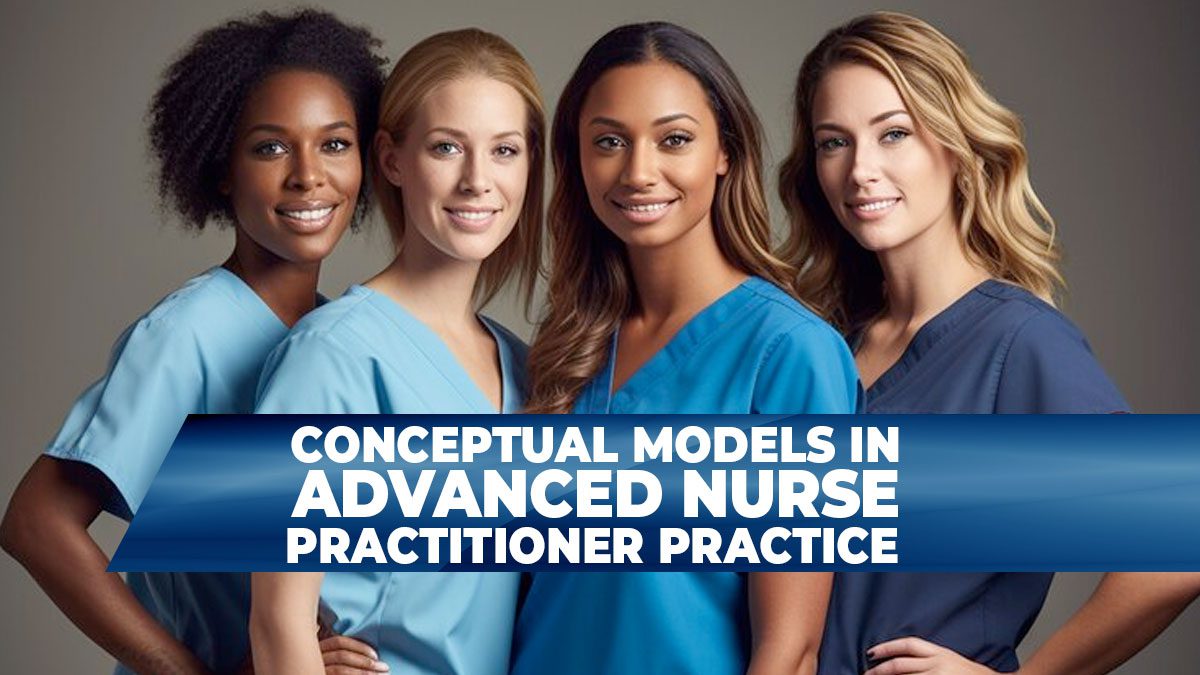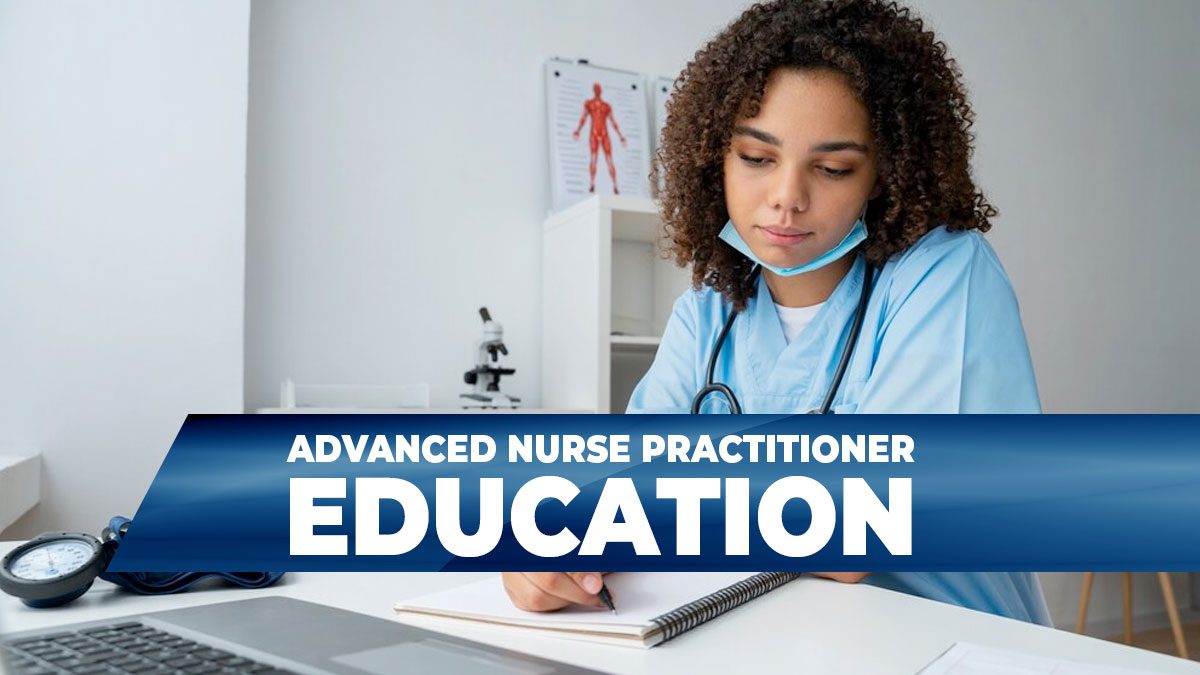Consensus Model for Advanced Practice Registered Nurse Regulation
In 2004, an APRN Consensus Conference was convened to achieve consensus regarding the credentialing of APRNs (APRN Joint Dialogue Group, 2008; Stanley et al., 2009) and the development of a regulatory model for advanced practice nursing. Independently, the APRN Advisory Committee for the National Council of State Boards of Nursing (NCSBN) was charged by the NCSBN Board of Directors with a similar task of creating a future model for APRN regulation and, in 2006, disseminated a draft of the APRN Vision Paper (NCSBN, 2006), a document that generated debate and controversy. Within a year, these groups came together to form the APRN Joint Dialogue Group, with representation from numerous stakeholder groups, and the outcome was the APRN Consensus Model (APRN Joint Dialogue Group, 2008).
The APRN Consensus Model includes important definitions of roles, titles, and population foci. Furthermore, it defines specialties and describes how to make room for the emergence of new APRN roles and population foci within the regulatory framework. A timeline for adoption and strategies for implementation were put forth, and progress has been made in these areas (see Chapter 20 for further information; only the model is discussed here).
APRN Consensus Model Overview
| Aspect | Details |
|---|---|
| Year Established | 2008 |
| Primary Focus | Credentialing and regulation of APRNs |
| Key Components | Definitions of roles, titles, population foci, specialties |
| Four APRN Roles | Nurse Practitioner (NP), Clinical Nurse Specialist (CNS), Certified Registered Nurse Anesthetist (CRNA), Certified Nurse-Midwife (CNM) |
| Six Population Foci | Family/Individual across the lifespan, Adult/Gerontology, Neonatal, Pediatrics, Women’s Health/Gender-related, Psychiatric/Mental Health |
| Licensure Requirements | Based on educational preparation and population focus |
| Certification Requirements | Must align with area of study |
| Regulatory Processes | Licensure, Accreditation, Certification, Education (LACE) |
For further details, refer to the National Council of State Boards of Nursing.
The definition of the components of the APRN Consensus Model begins to address some of the questions about advanced practice posed earlier in this chapter. An important agreement was that providing direct care to individuals is a defining characteristic of all APRN roles. This agreement affirms a position long held by original and current editors of this text—that when there is no direct practice component in the role, one is not practicing as an APRN. It also has important implications for LACE and for career development of APRNs.
Graduate education for the four APRN roles is described in the Consensus Model document (APRN Joint Dialogue Group, 2008). It must include completion of at least three separate, comprehensive graduate courses in advanced physiology and pathophysiology, physical health assessment, and advanced pharmacology (the “three Ps”), consistent with requirements for the accreditation of APRN education programs. In addition, curricula must address three other areas—the principles of decision making for the particular APRN role, preparation in the core competencies identified for the role, and role preparation in one of the six population foci.
The Consensus Model asserts that licensure must be based on educational preparation for one of the four existing APRN roles and a population focus, that certification must be within the same area of study, and that the four separate processes of LACE are necessary for the adequate regulation of APRNs (APRN Joint Dialogue Group, 2008; see Chapter 20). The six population foci displayed in Fig. 2.1 include the individual and family across the lifespan as well as adult/gerontologic, neonatal, pediatric, women’s health/gender-specific, and psychiatric/mental health populations. Preparation in a specialty, such as oncology or critical care, cannot be the basis for licensure. Specialization indicates that an APRN has additional knowledge and expertise in a more discrete area of specialty practice. Competency in the specialty area could be acquired either by educational preparation or experience and assessed in a variety of ways through professional credentialing mechanisms (e.g., portfolios, examinations).
Important Points of the Consensus Model
| Aspect | Details |
|---|---|
| Direct Care Provision | Mandatory for all APRN roles |
| Core Competencies | Must be developed by each APRN role |
| Educational Requirements | Advanced physiology and pathophysiology, health assessment, pharmacology |
| Specialty Certification | Not a basis for licensure; additional knowledge in discrete areas |
| Regulatory Processes | Must include licensure, accreditation, certification, education (LACE) |
This was a critical decision for the group to reach, given the numbers of specialties and APRN specialty examinations in place when the document was prepared.
Even with this brief overview of the APRN Consensus Model, one sees how this model advanced the conceptualization of advanced practice nursing. It is helpful for many reasons. First, for the United States, it affirms that there are four APRN roles. Second, it is advancing a uniform approach to LACE and advanced practice nursing that has practical and policymaking effects, including better alignment between and among APRN curricula and certification examinations. Furthermore, it addresses the issue of differentiating between RNs and APRNs and has been foundational to differentiate among nursing roles. By addressing the issue of specialization, the model offers a reasoned approach for the following: (1) avoiding confusion from a proliferation of specialty certification examinations; (2) ensuring that, because of a limited and parsimonious focus (four roles and six populations), there will be sufficient numbers of APRNs for the relevant examinations to ensure psychometrically valid data on test results; and (3) allowing for the development of new APRN roles or foci to meet society’s needs.
FAQs About the APRN Consensus Model
Q: What are the four recognized APRN roles? A: The four recognized APRN roles are Nurse Practitioner (NP), Clinical Nurse Specialist (CNS), Certified Registered Nurse Anesthetist (CRNA), and Certified Nurse-Midwife (CNM).
Q: What are the six population foci in the APRN Consensus Model? A: The six population foci are Family/Individual across the lifespan, Adult/Gerontology, Neonatal, Pediatrics, Women’s Health/Gender-related, and Psychiatric/Mental Health.
Q: Why is direct care provision mandatory for all APRN roles? A: Providing direct care is a defining characteristic of all APRN roles, ensuring that the practice is aligned with advanced practice nursing standards.
Q: What are the “three Ps” in APRN education? A: The “three Ps” are advanced physiology and pathophysiology, physical health assessment, and advanced pharmacology.
Q: Can specialization be the basis for APRN licensure? A: No, specialization indicates additional knowledge and expertise in a more discrete area of practice, but it cannot be the basis for licensure.
Although there are a number of noted strengths of the Consensus Model, there are also limitations. First, competencies that are common across APRN roles are not addressed beyond defining an APRN and indicating that students must be prepared “with the core competencies for one of the four APRN roles across at least one of the six population foci” (APRN Joint Dialogue Group, 2008, p. 10). The model leaves it to the different APRN roles to develop their own core competencies.
In addressing specialization, the model also leaves open the issue of the importance of educational preparation, in addition to experience, for advanced practice in a specialty, which is of particular importance to the CNS role. Additionally, Martsolf and colleagues (2020) recently raised concerns regarding the misalignment between specialty NP education, certification, and practice location and called for an evaluation of the policy and practice implications of the Consensus Model, along with an examination of the scope and scale of NP misalignment within healthcare systems.
Two years after the 2004 APRN consensus conference, the American Association of Colleges of Nursing (AACN, 2006) put forth “The Essentials of Doctoral Education for Advanced Nursing Practice.” The Essentials established the DNP, the highest practice degree and the preferred preparation for specialty nursing practice. The AACN called for doctorate-level preparation of APRNs by the year 2015. DNP preparation for entry to practice has been endorsed by the Council on Accreditation of Nurse Anesthesia Educational Programs (2019), the National Association of Clinical Nurse Specialists (NACNS, 2015), and the National Organization of Nurse Practitioner Faculties (NONPF, 2015). However, the American College of Nurse-Midwives (ACNM, 2019) has not endorsed the DNP as a requirement for entry into practice for










